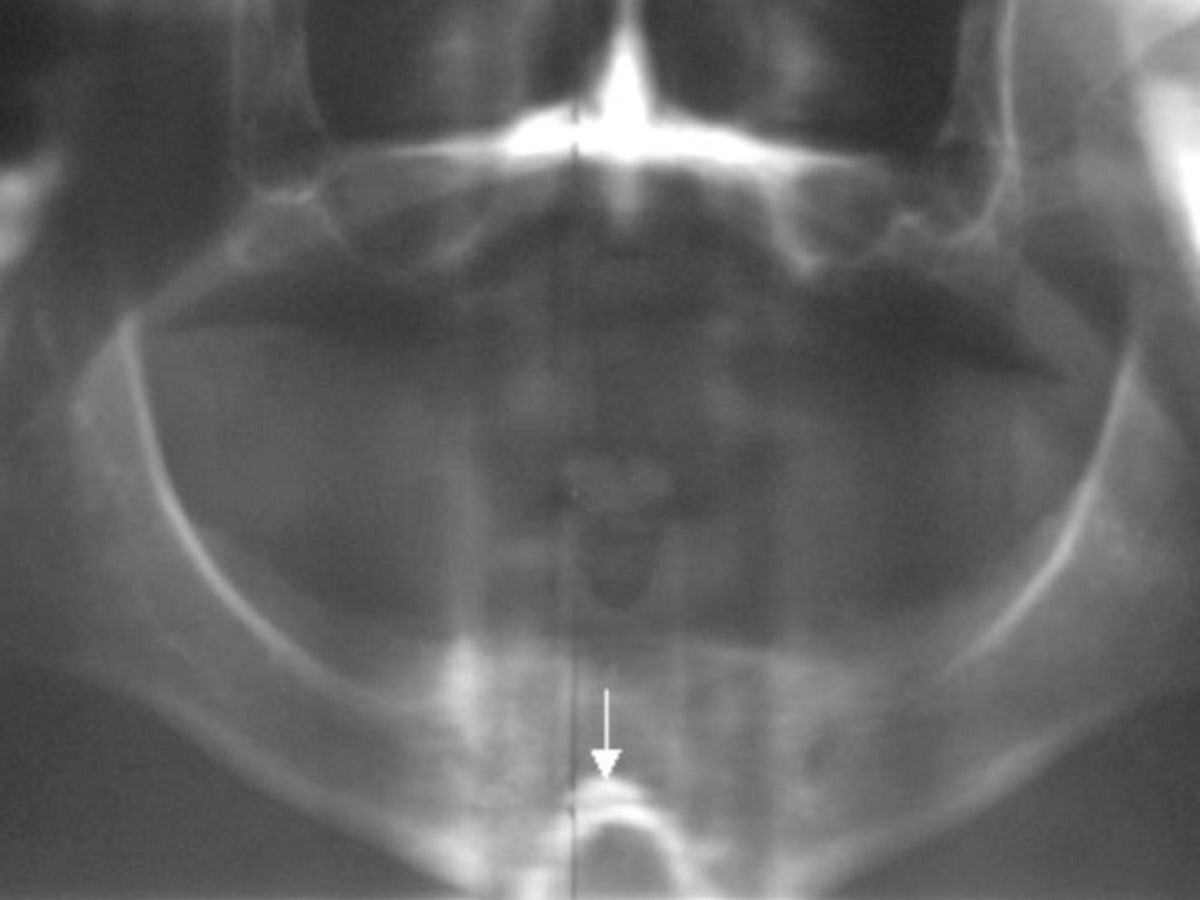
Ever wondered what those five digits in your zip code really mean? Zip codes are more than just numbers on your mail; they hold a treasure trove of information about locations across the United States. Introduced in 1963 by the United States Postal Service (USPS), zip codes help streamline mail delivery, making it faster and more efficient. But there’s more to these codes than meets the eye. From the first digit representing a group of U.S. states to the last two digits pinpointing specific post offices, zip codes are a fascinating blend of geography and logistics. Ready to dive into 50 intriguing facts about zip codes? Let’s get started!
Key Takeaways:
- Zip codes help organize mail and provide valuable data for various services. They were first introduced in the United States in 1963 to make mail delivery more efficient.
- Zip codes aren’t just numbers on an envelope; they have unique stories, serve special purposes, and are used around the world to organize mail delivery.
What Are Zip Codes?
Zip codes are more than just numbers on an envelope. They help organize mail delivery and provide valuable data for various services. Here are some fascinating facts about zip codes.
- The term “ZIP” stands for “Zone Improvement Plan.” It was introduced to make mail delivery more efficient.
- Zip codes were first introduced in the United States in 1963. They revolutionized how mail was sorted and delivered.
- The first digit of a zip code represents a group of U.S. states. For example, zip codes starting with “9” are in the western states.
- The second and third digits of a zip code represent a region within that group of states. This helps narrow down the location further.
- The fourth and fifth digits pinpoint a specific post office or delivery area. This ensures mail reaches the correct destination.
Unique Zip Codes
Some zip codes have unique stories or serve special purposes. Let’s explore some of these interesting cases.
- The lowest zip code in the United States is 00501, assigned to the Internal Revenue Service in Holtsville, New York.
- The highest zip code is 99950, located in Ketchikan, Alaska. It’s one of the most remote areas in the country.
- Beverly Hills, California, is famous for its zip code 90210, thanks to the popular TV show “Beverly Hills, 90210.”
- The White House has its own zip code: 20500. This ensures all mail addressed to the President is properly routed.
- The Empire State Building in New York City has its own zip code: 10118. This helps manage the large volume of mail it receives.
Zip Codes Around the World
Zip codes aren’t just an American invention. Many countries use similar systems to organize their mail.
- In Canada, zip codes are called “postal codes.” They use a combination of letters and numbers, like M5V 3L9.
- The United Kingdom also uses postal codes. They can be quite specific, sometimes pinpointing a single building.
- Germany‘s postal codes are known as “Postleitzahl” or “PLZ.” They were introduced in 1941 and have evolved over time.
- Japan‘s postal codes are seven digits long. They help organize mail delivery in a country with many densely populated areas.
- Australia uses four-digit postal codes. They were introduced in 1967 to improve mail sorting and delivery.
Fun Facts About Zip Codes
Zip codes can be fun and quirky. Here are some light-hearted facts to enjoy.
- The zip code 12345 is assigned to General Electric in Schenectady, New York. It’s often used in examples and testing.
- The zip code 60606 in Chicago, Illinois, is known for its symmetry and is often used in movies and TV shows.
- The zip code 48222 is unique because it’s assigned to a ship, the J.W. Westcott II, which delivers mail to other ships on the Detroit River.
- The zip code 77230 is used exclusively for mail addressed to Santa Claus in North Pole, Alaska.
- Some zip codes are palindromes, meaning they read the same forwards and backwards, like 12321 in New York.
Zip Codes and Technology
Technology has changed how we use and think about zip codes. Here are some tech-related zip code facts.
- Zip codes are used in GPS systems to help with navigation and location services.
- Online retailers use zip codes to calculate shipping costs and delivery times.
- Zip codes help emergency services locate people in need more quickly.
- Many websites use zip codes to provide localized content, like weather forecasts and news.
- Zip codes are used in demographic studies to analyze population trends and economic data.
Zip Codes in Pop Culture
Zip codes have made their way into pop culture in various ways. Let’s look at some examples.
- The TV show “Sesame Street” has its own fictional zip code: 12345.
- The movie “Beverly Hills Cop” features the famous 90210 zip code.
- The song “Jenny from the Block” by Jennifer Lopez mentions her Bronx zip code, 10453.
- The TV show “Parks and Recreation” often references the fictional town of Pawnee, Indiana, with the zip code 47998.
- The video game “Grand Theft Auto V” features a fictional city with its own set of zip codes.
Zip Codes and Business
Businesses rely on zip codes for various purposes. Here are some business-related zip code facts.
- Zip codes help businesses target their marketing efforts more effectively.
- Real estate agents use zip codes to identify property values and trends.
- Insurance companies use zip codes to assess risk and set premiums.
- Retailers use zip codes to determine where to open new stores.
- Zip codes help delivery services optimize their routes and reduce costs.
Historical Zip Codes
Some zip codes have historical significance. Let’s explore a few of these notable cases.
- The zip code 10001 in New York City was one of the first zip codes ever assigned.
- The zip code 20001 in Washington, D.C., covers the area around the U.S. Capitol.
- The zip code 30301 in Atlanta, Georgia, is associated with the city’s historic downtown area.
- The zip code 60601 in Chicago, Illinois, covers the city’s famous Loop district.
- The zip code 94101 in San Francisco, California, includes the city’s iconic Financial District.
Zip Codes and Geography
Zip codes can reveal interesting geographical information. Here are some geography-related zip code facts.
- The zip code 96701 in Hawaii covers the entire island of Oahu.
- The zip code 99501 in Anchorage, Alaska, is the northernmost zip code in the United States.
- The zip code 00601 in Adjuntas, Puerto Rico, is the southernmost zip code in the United States.
- The zip code 82001 in Cheyenne, Wyoming, is the highest elevation zip code in the United States.
- The zip code 89001 in Alamo, Nevada, is one of the driest areas in the United States.
Zip Codes and Education
Educational institutions often have their own zip codes. Here are some education-related zip code facts.
- Harvard University in Cambridge, Massachusetts, has its own zip code: 02138.
- Stanford University in California has the zip code 94305.
- The University of Notre Dame in Indiana has the zip code 46556.
- The Massachusetts Institute of Technology (MIT) in Cambridge, Massachusetts, has the zip code 02139.
- The University of California, Berkeley, has the zip code 94720.
Zip Codes: More Than Just Numbers
Zip codes are more than just numbers on mail. They help organize our world, making sure packages and letters get to the right places. Did you know the first digit of a zip code represents a group of U.S. states? Or that the longest zip code in the world belongs to a remote part of Norway? These codes also play a role in things like planning city services and even marketing strategies.
Understanding zip codes can give you a new appreciation for how our mail system works. Next time you send a letter or receive a package, think about the journey it took to get there. From sorting centers to delivery trucks, zip codes guide the way. So, whether you’re mailing a birthday card or ordering something online, remember those little numbers do a lot more than you might think.
Frequently Asked Questions
Was this page helpful?
Our commitment to delivering trustworthy and engaging content is at the heart of what we do. Each fact on our site is contributed by real users like you, bringing a wealth of diverse insights and information. To ensure the highest standards of accuracy and reliability, our dedicated editors meticulously review each submission. This process guarantees that the facts we share are not only fascinating but also credible. Trust in our commitment to quality and authenticity as you explore and learn with us.


